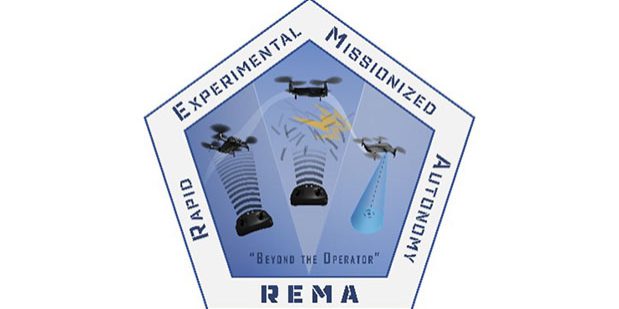Commercial drone technology is advancing rapidly, providing cost-effective and robust capabilities for a variety of civil and military missions. DARPA’s Rapid Experimental Missionized Autonomy (REMA) program aims to enable a drone to autonomously continue its predefined mission when connection to the operator is lost. The program is focused on constantly providing new agnostic drone autonomy capabilities for transition in one-month intervals to outpace adversarial countermeasures. REMA progressed from program announcement to contract awards in just 70 business days.
“REMA is the demonstrator for rapid ideation and tech development,” said Dr. Lael Rudd, REMA Program Manager. “The five performers under contract are working as a conglomerate without firewalls to create common solutions to achieve the program goals.”
As small aerial vehicles play increasingly important military roles on the battlefield, REMA will render ineffective adversaries’ electromagnetic countermeasures intended to disrupt communication links between operator and drone to abort missions and cause crashes.


